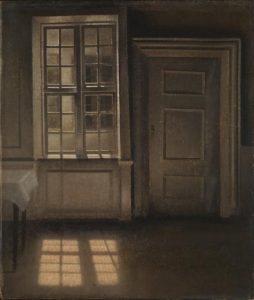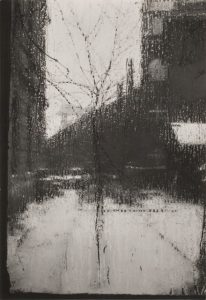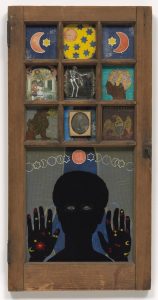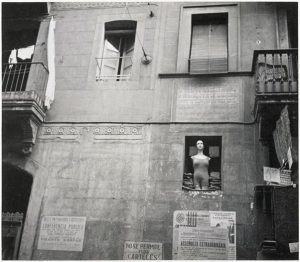The School of English at the University of Kent is pleased to launch our Creative Writing Competition.
The School of English offers a degree in Creative Writing, and English Literature students also have the opportunity to take some Creative Writing classes. You will find the competition rules and also some resources below, produced by members of staff, to help you with your ideas and give you a taste of how studying Creative Writing can inspire you. At Kent we love writing that’s bold, original, and authentic — and we can’t wait to read yours.
The competition is open to all students enrolled on Level 3 qualifications (A Level or equivalent).
Competition rules
Students are invited to submit a piece of creative writing in response to the prompt: ‘The Window’. Please note this is a prompt, not necessarily a title. It’s a starting point. You can be as creative as you like in your interpretation of the prompt. In your response to the prompt, you might consider:
- Your perspective: who is (or isn’t) looking through the window, and what side of it are they on?
- What can be seen through the window? How clearly can it be seen?
- What sort of window is it? (e.g. large, small, a house, a train, a metaphor…?)
Entries can take the form of a short story of 500-1,000 words, or a single poem of up to 30 lines.
Prizes are available for 1st place (£50) and 2nd place (£30) in each category. Entries should be sent to Amy Sackville at A.Sackville@kent.ac.uk by Wednesday 2 December 2020. Please give your work a title, and include your name, age, a contact email address, and school. The competition judges are Lecturers in Creative Writing at the University of Kent: David Flusfeder, Dorothy Lehane, and Amy Sackville.
Please note that you must be enrolled on a Level 3 qualifications (A Level or equivalent) to be eligible for this competition.
Writing tips
Every writer has to work out their own process — their own approaches, methods and techniques — for writing. That process is always evolving. But here are some tips to help you begin to work out your own.
1. Inspiration: The muse will not find you. You have to go looking — it’s almost impossible to come up with ideas in a vacuum. Be kind to yourself and find ways to create a space (physical, mental and emotional) in which creativity can flourish. Read, go for walks, look at pictures, listen to music, do research, have conversations, share thoughts, and — see below — be observant and curious about the world around you. Carry a notebook or use your phone to draw or take pictures, take notes of ideas, interesting leads to follow up, even phrases and sentences that come into your mind or that particularly strike you. Don’t force things. Be open to the unexpected.
2. Curiosity: Don’t just ‘write what you know’; write what you want to find out. Find your passions, and be willing to admit to them. Make a list: what do you associate with the prompt? What interests you about your list? Why? Use your writing to explore the questions you have about the world and the things you’d like to understand. If you want to get your readers thinking, asking questions will work better than giving answers. Don’t feel you have to resolve everything for the reader — leave some room for them.
3. Observation: Be attentive. Notice details. Think about what is particular to the thing you’re describing, whether that is a place, a person, a sensory impression, an object, an emotion. Don’t just fall back on cliché and standard phrases. Be precise in your word choices: that doesn’t mean you have to use long, complicated or obscure words, or lots of adverbs and adjectives. Look at one of the images of windows above, or find your own image (or real window!) What do you see, hear, feel, smell? How can you find a way to describe the experience that captures these unique qualities, and how many words do you need to do that?
4. Intuition and revision: Learn to trust your instincts. This DOES NOT mean that you will, or should, get things right first time. Writing is a back-and-forth between getting words on the page, and reflecting upon what you’ve written, revising and redrafting. If you feel yourself pulled in an unexpected direction; if an image, story or character keeps coming to your mind; if something doesn’t feel right in your writing — the starting point, the form or structure, the choice of narrator, or just a rhythm, line or sentence that feels wrong when you read it — then trust that impulse, take some time to explore it, and try things out.
5. Exploration and experiment are key to the first phase of creating raw material. Allow yourself to be free and to see what works. No one has to see your first drafts. But you could share it with a fellow writer and see what they think, without feeling that you have to defend it, since it’s not the finished article! Talking about your work can help you to figure out your intentions — if you choose to study Creative Writing at university, you will spend lots of time in ‘workshops’ doing just that.




Video guides
David Flusfeder and Dorothy Lehane have produced short videos to guide you through writing your short story or poem:

